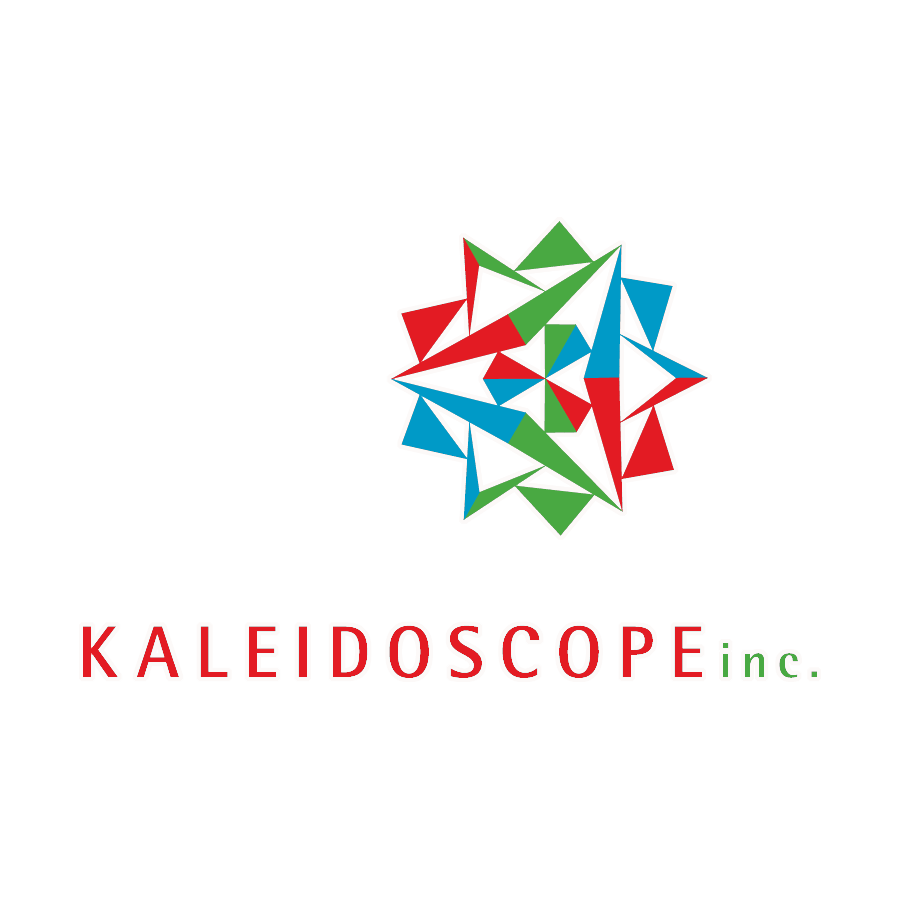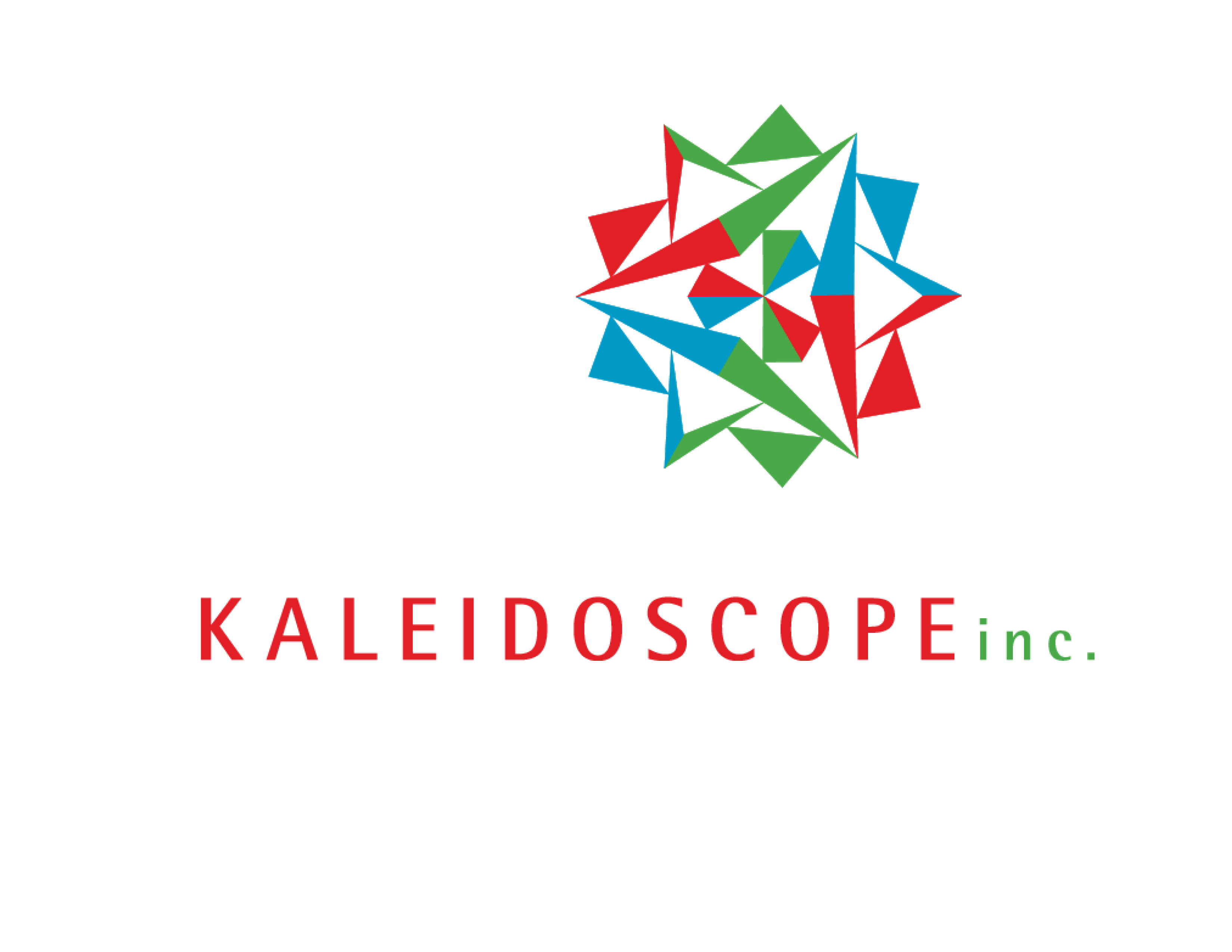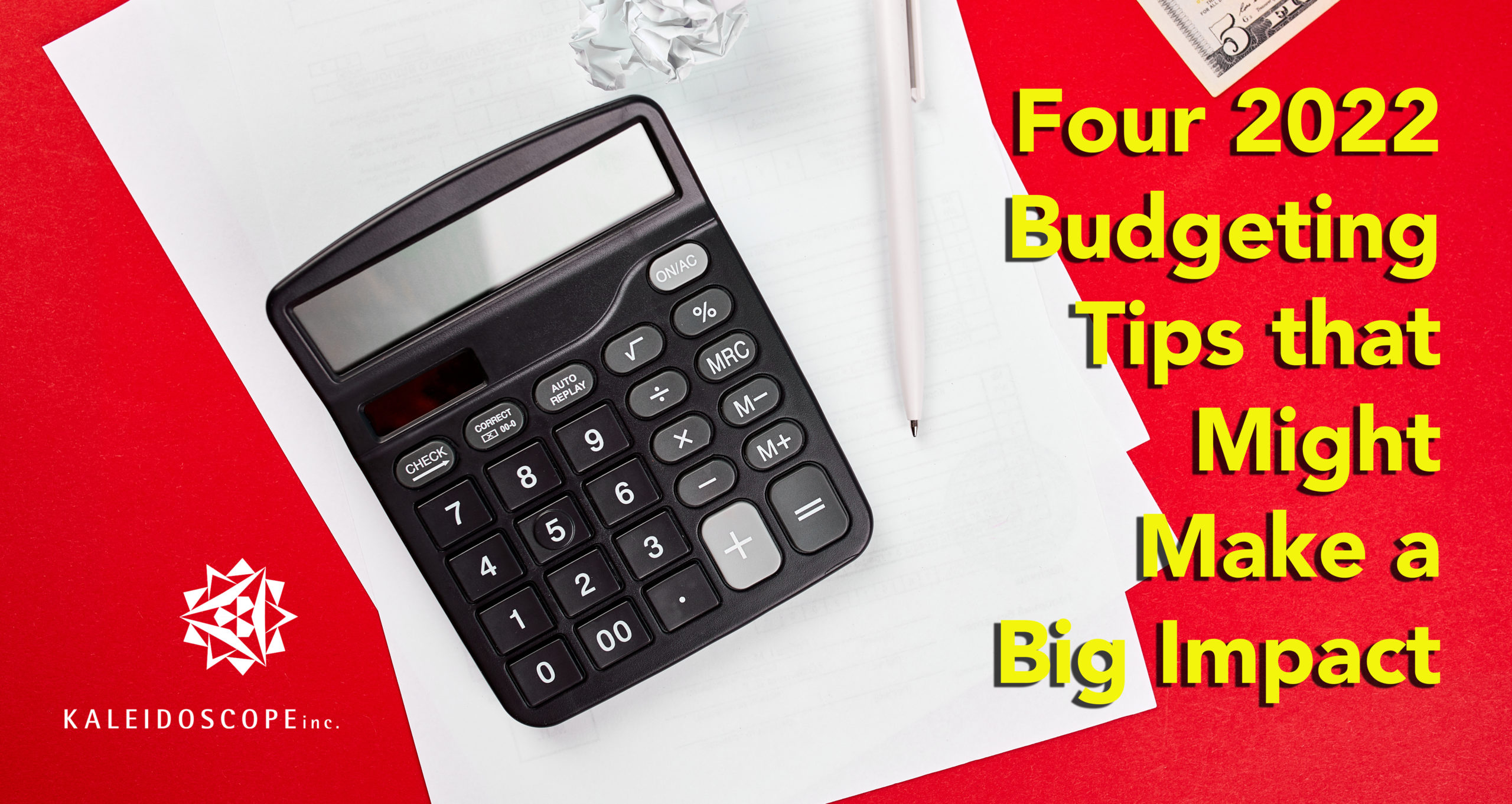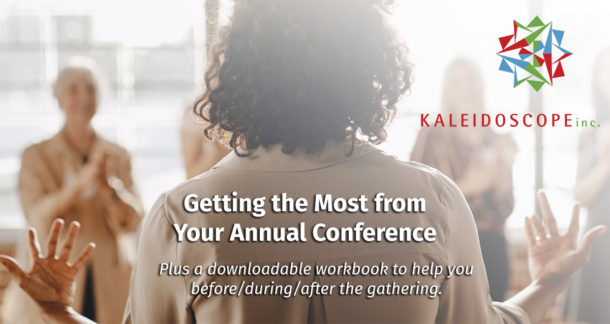Budgeting, for some, is a life-giving, exciting process that is looked forward to every year. For others, you may dread the budgeting process. The difference usually lies in two distinct differences. The former see budgeting as an extension of the vision for the organization and may consider themself to be a “numbers person” (aka someone good at analytics and math who understands it all quickly). The latter sees the budget as a necessary evil or may not be knowledgeable at understanding it all.
If you are in the second category, I challenge you to reconsider. Find someone who fits in the first category and ask for a couple of hours of their time to help you understand a new perspective or even educate you to understand better. There are also many options for learning nonprofit finances and budgeting – google it!
Regardless of which camp you land in, I offer a few tips that are good reminders to you as you create your 2022 budget.
Tip #1 – Budget for “Things That Go Boom”
Water heaters quit working, insurance claims/deductibles happen, mowers break. If you’ve done this work for any amount of time, you can fill in the blank with the things that have happened in your organization. These challenges are not unique to you.
Instead of stressing, plan for 1-2 of these unexpected major maintenance expenses in your budget, $5-10k. While a separate fund or endowment, with an annual plan, is a better way to fund major maintenance, including some funds within your operating budget will allow for some peace of mind.
How much you include will depend on the size of your organization and budget, as well as the general condition of your physical property. How old are your computers? What state are your buildings in? You get the idea. If you can anticipate needs, you can adjust this line so that you are ready when things “go boom.”
Tip #2 – Don’t Grow Any One Income Line More than 5% Unless You Have a Clear Plan
This is a big one. Too often, we push the income lines because we need to be able to justify expenses. Then, we make wild guesses about how much we think we can grow with no real plan on how it will happen. Or, worse yet, the plan doesn’t account for the time it will take to accomplish, and nobody on the team can do the work. It’s a losing scenario.
Unless you have a clear plan for growing any one income line, don’t increase it by more than 5%.
Example: Last year, you received $100K in undesignated gift income. GREAT! To add a new hire in the expense line for 2022, you need an additional $50K in revenue. The temptation is to add it to this line and work harder, ask for more significant gifts, and ask more people more often. You can get there, right?! WRONG. This is a bad move unless you have a plan for who, how much, and when these additional funds will be given.
Tip #3 – Plan for Smaller Group Sizes
Of course, I am being conservative. But, given that we don’t yet know the entire trajectory of COVID, it will be much safer to anticipate smaller groups. So, at least for Q1 & Q2, make your guesses at 50-75% of the group size you saw pre-covid.
At best, you’ll be happy with bigger groups. At worst, you’ll be ready.
Of course, this also may mean that you can serve more groups. So adjust your marketing accordingly, and consider how smaller groups might use your spaces safely and comfortably.
Tip #4 – Work Toward Balance
The healthiest of camp and retreat center organizations have a general budget breakdown of 85% of the income from user fees and 15% from donations. Not there yet? Don’t worry. This is a general practice that you can work toward.
If you are too reliant on donations, consider increasing your fees or marketing for more participants/groups.
If you are too reliant on user fees, consider ways to increase the number of donors, the amounts they give, and the frequency with which they give. Monthly giving clubs are a big win for organizations like yours and are very popular right now!
_________________________________
Need help? Kaleidoscope offers an organizational assessment that can give you a strong overview of how you are doing with recommendations for improvements toward becoming a healthier, more sustainable organization!



